Ready to cross that electrical project off your to-do list? Understand wiring color codes so you can finish the job safely.
Understanding Electrical Wire Color Codes
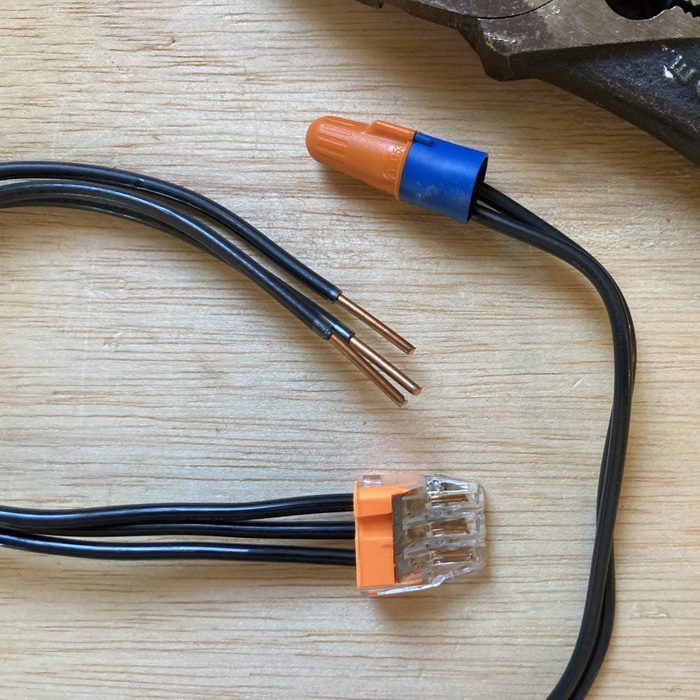
Black Wires
First on the electrical wire color code is black. “Black wires are most used as ‘hot’ wires in residential systems,” says master electrician Allyson Saling with Frontdoor home services app. “Hot or ‘live’ wires carry 120 volts (V) of electricity from the power source (electrical panel) to a device like a switch, outlet, light fixture or appliance.” There’s no NEC requirement that hot wires be black or any other color, but black is the go-to for residential use.
Black wires may also carry current from a light switch to a light. This section of a circuit is called a switch leg. Black wires can also be traveler wires, which connect two or more switches that control one light. You will also see black wires as internal wiring in light fixtures and appliances.
Because black wires are so commonly used to carry electricity, always assume they are hot. Verify the circuit is off at the breaker before cutting or disconnecting a black wire.
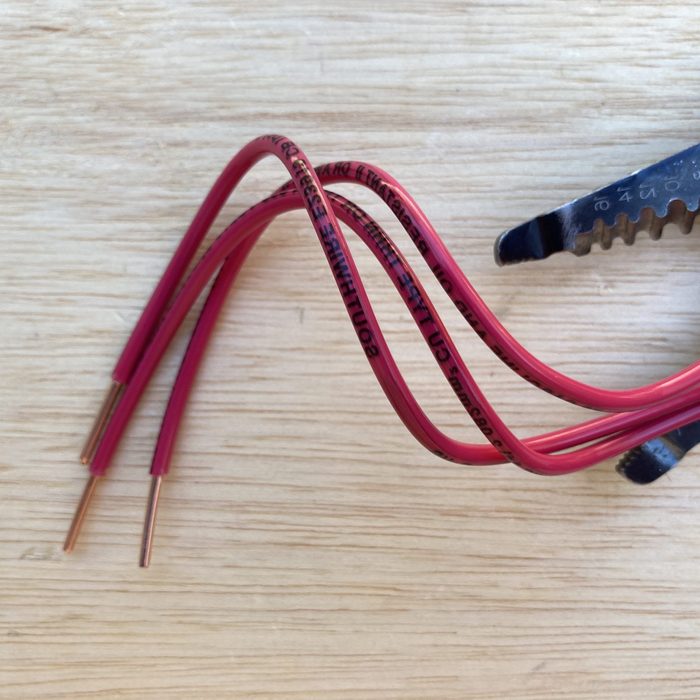
Red Wires
Red wires are also hot wires. Large appliances like air conditioners need 240 volts to operate, and that requires two hot wires instead of one. Black is often used for one hot, red for the other. Red wires can be switch legs, too, particularly if you need two switch legs for one device. One example: a ceiling fan with an integrated light you want to control separately.
If you’re in a newer home with hardwired smoke detectors, a red wire connects them, so if one goes off, they all go off. Red wires are used just like black wires, so assume they are hot. Always test any red wire before cutting or disconnecting.
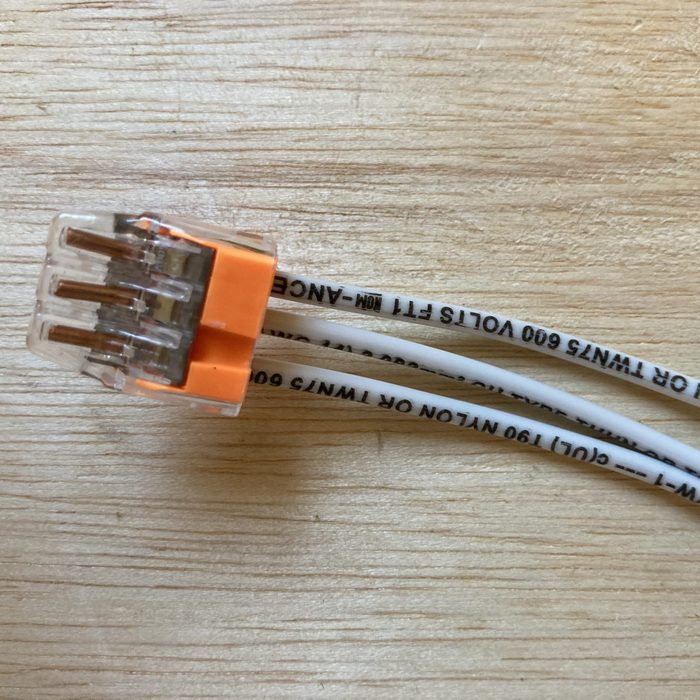
White and Gray Wires
White and gray wires are grounded conductors, AKA neutrals. After a black or red wire carries electricity to a light, appliance or device, the neutral returns it to the electrical panel. The NEC allows grounded conductors to be white or gray or have three white or gray stripes on any background color except green. Other configurations are permitted for specific applications.
“In some applications, the white is also used as a hot,” Saling says. “Two examples being a 240V system and a switch where an electrician has used the white as a switch leg.” A white switch leg, if properly marked, will have tape around the end to indicate the conductor is not being used as a neutral but as a hot. Either way, these conductors carry current, so treat them as live at all times.
“Luckily, the white being used as a switch leg is becoming less and less common as the years go on,” Saling says. Current code does not allow re-identified white wires to run from a switch to lights or switched receptacles. “If your house is built after 2002, you more than likely won’t see that as an issue.”
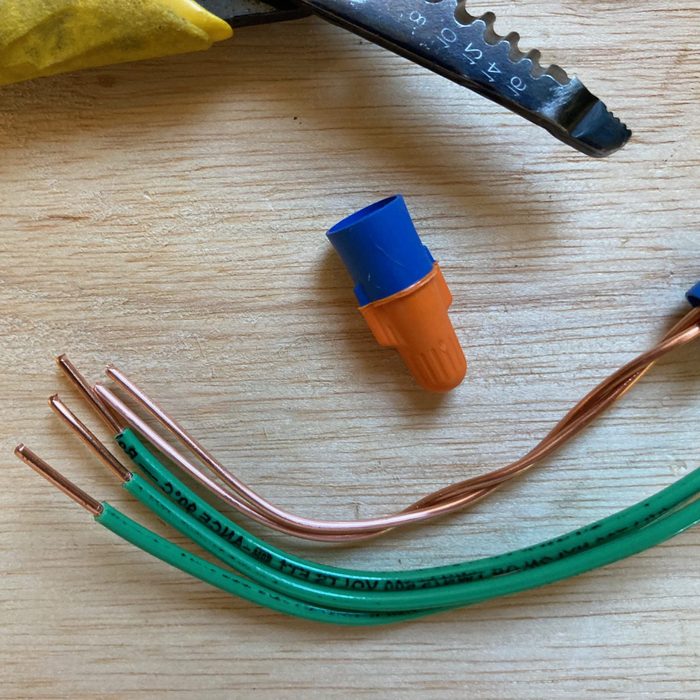
Green, Green-Yellow and Bare Wires
Green, green with yellow stripes and bare wires (wires without an insulated covering) in electrical boxes are “ground” wires, more appropriately called equipment grounding conductors (EGC). These wires act as a safety valve for current that takes an unintentional path away from the equipment it’s supposed to be serving. Equipment grounding conductors channel that unintentional current back to the panel to trip the breaker.
When a circuit is operating normally, EGCs do not carry current. But they can, so always test them before cutting or disconnecting them. You do not know if the previous homeowner — or electrician, for that matter — wired things correctly.
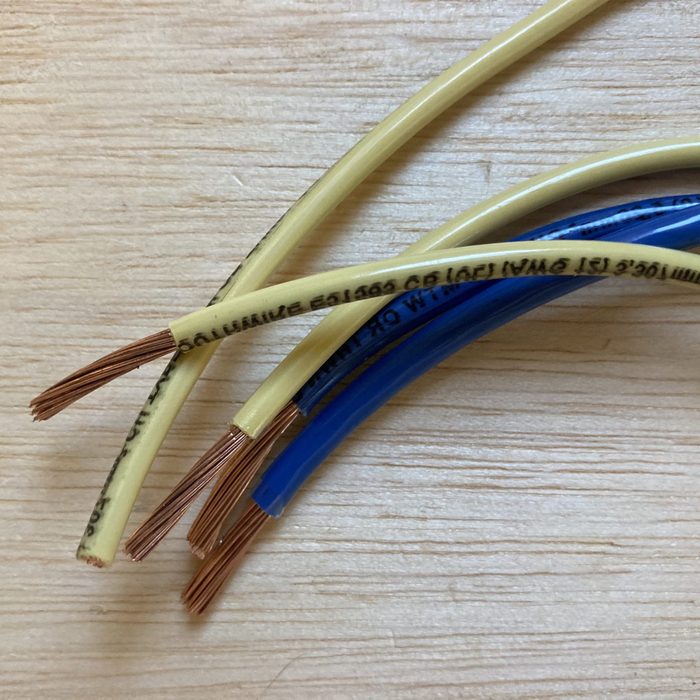
Blue and Yellow Wires
Blue and yellow wires are frequently found in commercial and industrial buildings that use three-phase power (your home is single-phase), but they can also be used in residential buildings. “If you live in a state where conduit is run throughout the home like some areas in Chicago, you may see some colors that aren’t standard practice for homes,” Saling adds.
I’ve installed blue and yellow traveler wires in three- and four-way switches, and you could see them as switch legs. More often, though, a residential electrician will choose cables containing black and/or red wires as travelers or switch legs. So even if you don’t see these wires often, they’re always used for carrying current. Treat any you see like they’re live.
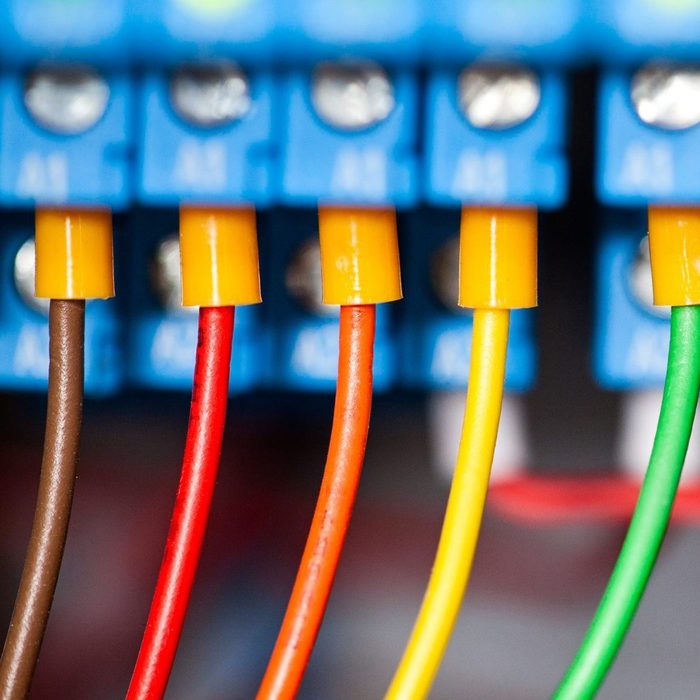
Orange, Brown, Pink and Violet Wires
Rounding out the electrical wire color code are orange, brown, pink and violet. In U.S. homes, orange is most commonly used like a red wire, particularly in a 240-volt circuit where two hot wires are needed. You might see orange wires in the fire alarm circuit as well.
Pink and violet are less prevalent but can be used as travelers or switch legs, or as dimming control wiring for lights. Brown conductors are used primarily in three-phase services, but you could see them in your home, too.
If this seems like a lot of colors, you’re right. Having multiple recognizable options when running circuits, switch legs and travelers helps electricians stay organized and safe. As always, exercise caution, and no matter what color the conductors are, Saling has this final tip: “You should assume ALL wires are hot when doing electrical work.”
Frequently Asked Questions
Should wire colors ever be mixed under any circumstance?
It depends on the function of the wires. Hot wires that are different colors may be spliced (joined) together, if they are merely different sections of the same circuit. However, it’s often easier to keep individual circuits color-matched, or numbered, to avoid confusion. Under no circumstances should you splice hot and neutral wires together.
What do I do if I find a black wire in my home and I don’t know where it goes?
“The first thing you would want to do is acquire some testing equipment, such as a touchless voltage tester or a multimeter,” Saling says. Then, it’s a process of trial and error. Test the wire to see if it’s hot, then start turning off breakers one by one. “This may be time consuming and a lot of running back and forth,” Saling says, so grab a friend if possible.
About the Expert
- Allyson Saling is a master electrician and virtual electrical expert at Frontdoor, the all-in-one home services app that connects homeowners to experienced, on-staff technicians to help them solve their home maintenance needs. Saling has nine years of experience as an electrician and loves to troubleshoot electrical problems.






















